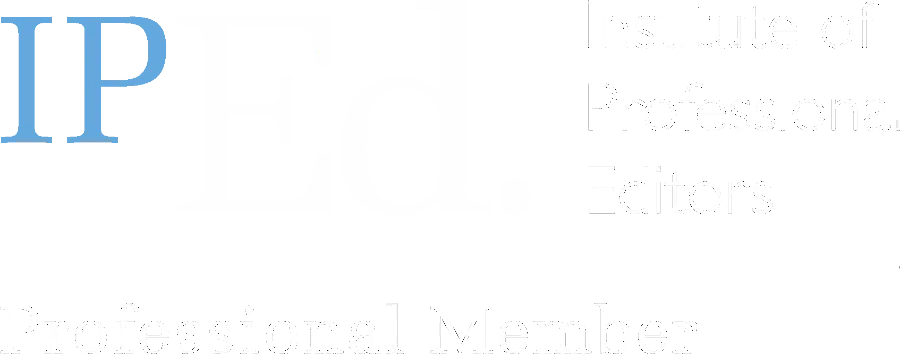Useful external links
Great craftsmen tend to have a specific selection of equipment, tools and resources they prefer to use. The passionate editors at Eneo are masters of academic writing, and as such have accrued a wealth of knowledge about the tools of the trade.
Here’s a list of some of our favourite tools and resources for academic writing.
We hope you find these links informative and useful. If any of these links need to be updated, or if you have a link you think we might appreciate, please do not hesitate to contact us.

English style guides
‘Style to be good must be clear… Clearness is secured by using the words (nouns and verbs alike) that are current and ordinary.’
— Aristotle (350 B.C.E.)
Australian Government Style Manual
This style guide is designed to inform writers producing content for the Australian Government, however it also informs Australian English more generally. This website supersedes the Style manual for authors, editors and printers (6th edition) published by the Australian Government in 2002, which essentially acted as the Australian version of American style guides such as Strunk’s Elements of Style or The Chicago Manual of Style. Eneo’s website follows this style guide; our proofreading services follow whichever is appropriate for each manuscripts intended publication location.Guardian and Observer style guide
An alphabetical style guide style guide created and used by journalists at the Guardian and Observer news publications. An excellent and free resource for US English.
One of the most famous and influential style guides for US English. Useful for professional editors, but not recommended for most writers as website is behind a paywall.
American Psychological Association Style Guide
The American Psychological Association (APA) Style Guide is frequently used to inform formatting and referencing standards in a wide variety of academic fields outside of psychology. While the guide itself must be bought, many of the APA guidelines for referencing, grammar and formatting are available for free on the website.
The Elements of Style by Strunk and White is a brilliant guide to the elegant and clear construction of written English. It has been in continuously updated publication since 1959, and is still well regarded amongst writers across the globe. Only available as a physical or digital book.
Wikipedia’s list of Style Guides
On the right hand side of this Wikipedia entry describing Style Guides there is a useful list of common style guides. Additionally, there is a more comprehensive list of style guides on Wikipedia, however most are highly specialised and may not be useful.
Grammar guides
— Robert Graves (1895 – 1985)
Collins Dictionary Easy Learning English Grammar
Describes itself as ‘an accessible guide to English grammar and punctuation’, and does indeed feature simple and practical guides to common grammatical problems faced by non-native English speakers.
Education First’s English grammar guide
Education First is a private education company involved in English language education through exchange programs. Their website also offers free resources for learning English, including extensive guides on grammatical rules with simple explanations of how and when rules apply. A good reference if you’re unsure about a specific rule, e.g. if using more than one adjective sequentially, what order should they be in?
A commercial English learning resource, so features and content may be locked behind a paywall. However, free accounts still have access to some content that may be useful for English learners. Purdue Online Writing LabPurdue University offers a wealth of writing resources, including guides to English grammar, on the Purdue Online Writing Lab (OWL) page. These resources offered by Purdue’s OWL are varied, helpful and plentiful. Writers of English at any level should therefore also look at the vast OWL site map, where they are bound to find useful information.

